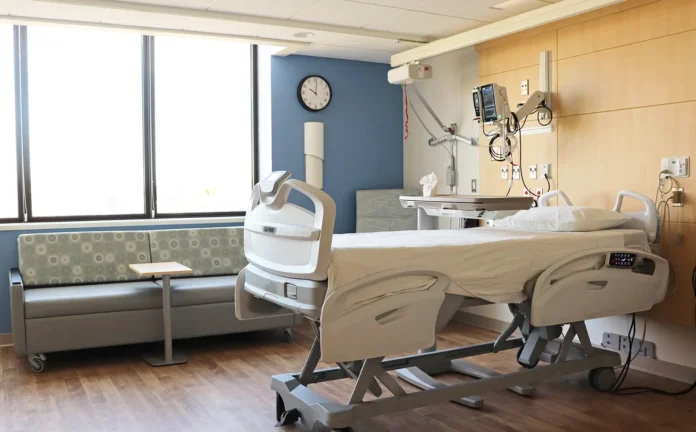People planning for retirement, along with financial professionals who do retirement planning, should incorporate the risk of medical bankruptcies into contingencies as the Trump administration moves to shift more medical treatment costs to individuals as part of their new conservative policy regime.
 Bankruptcies due to medical costs are widely cited as being the greatest cause of all bankruptcies. According to the American Journal of Medicine blog, 2009, 62% of all bankruptcies had some medical reason.
Bankruptcies due to medical costs are widely cited as being the greatest cause of all bankruptcies. According to the American Journal of Medicine blog, 2009, 62% of all bankruptcies had some medical reason.
The site said the average medical bill for those who went bankrupt was about $18,000. This was about $27,000 for people without health insurance and $18,000 for those with private health insurance.
Yet, with the passage of the Affordable Care Act, the percentage of people declaring bankruptcies has not declined significantly. The possible reasons:
- Health care in the U.S. is the most expensive in the world, but the average American between 32 and 37 has just $500 in savings, while people aged 56 to 61 have $17,000 in savings. Another 2016 GOBankingRates survey, found that 69% of Americans had under $1,000 in their savings accounts. Even worse, 34% have no savings at all. So, depending on the illness and related medical and drug expenses, combined with lost income, it is not difficult to see a scenario in which a family could be wiped out with a significant medical bill. I remember one divorced woman I interviewed with a six-figure income but was changing jobs. In this interim period, she was uninsured, and she also had the misfortune to have a son who broke his leg and had complications. The resulting medical bills sustained over that weekend wiped out her savings.
- A 2016 New York Times and Kaiser Family Foundation study found that 20% of those under age 65 had trouble paying their medical bills in 2015. In contrast, 53% of people without insurance said they had difficulty paying their medical bills over the past year.
- Wage stagnation also plays a role in paying any significant bill. While the good news is that median incomes grew faster in 2015 than at any point on record—up 5.5% over 2014—according to a report from the Census Bureau, medical costs have risen faster than wages. And while that is good news, from a longer perspective, median incomes in 2015 were still lower than in 2007.
- Other reasons include confusion about insurance plans, being underinsured for significant illnesses, inadequate work coverage, and health plans that cherry-pick what they cover. If Republicans want to revoke the coverage for pre-existing conditions now covered by the Affordable Care Act, it could open the gates to more huge bills that individuals must shoulder, thus increasing the risk of bankruptcy.
- There is a lack of competition among private healthcare insurance companies, HMOs, and PPOs in providing competitive rates and coverage. In the confirmation hearings for the Secretary of Health and Human Services, the discussion barely centered on how insurance companies are essentially anti-competitive and are ruled by their actuarial tables to avoid high-cost risks (meaning people) while collecting the largest premiums possible.
Uncertain Times and a Bad Omen Ahead
While the Trump Administration is focused on revoking the Affordable Care Act, they have no

Comprehensive replacement even after saying they would revoke it six years ago when it was passed. Still, the Republicans’ promises that they could do everything from replacing select portions of the Affordable Care Act to privatizing Social Security and Medicare while turning over key portions of the health care programs to the states, which certainly do not have the funds to pay for them, add to this huge risk. And it looks like all of this will happen even though many Republicans call themselves “compassionate conservatives.”
All this leaves the most significant source of personal bankruptcies at center stage as the uncertainty continues. Anyone planning for retirement, including financial planners, should consider this risk scenario. Letting it go unnoticed is risky in a very uncertain economic times.











